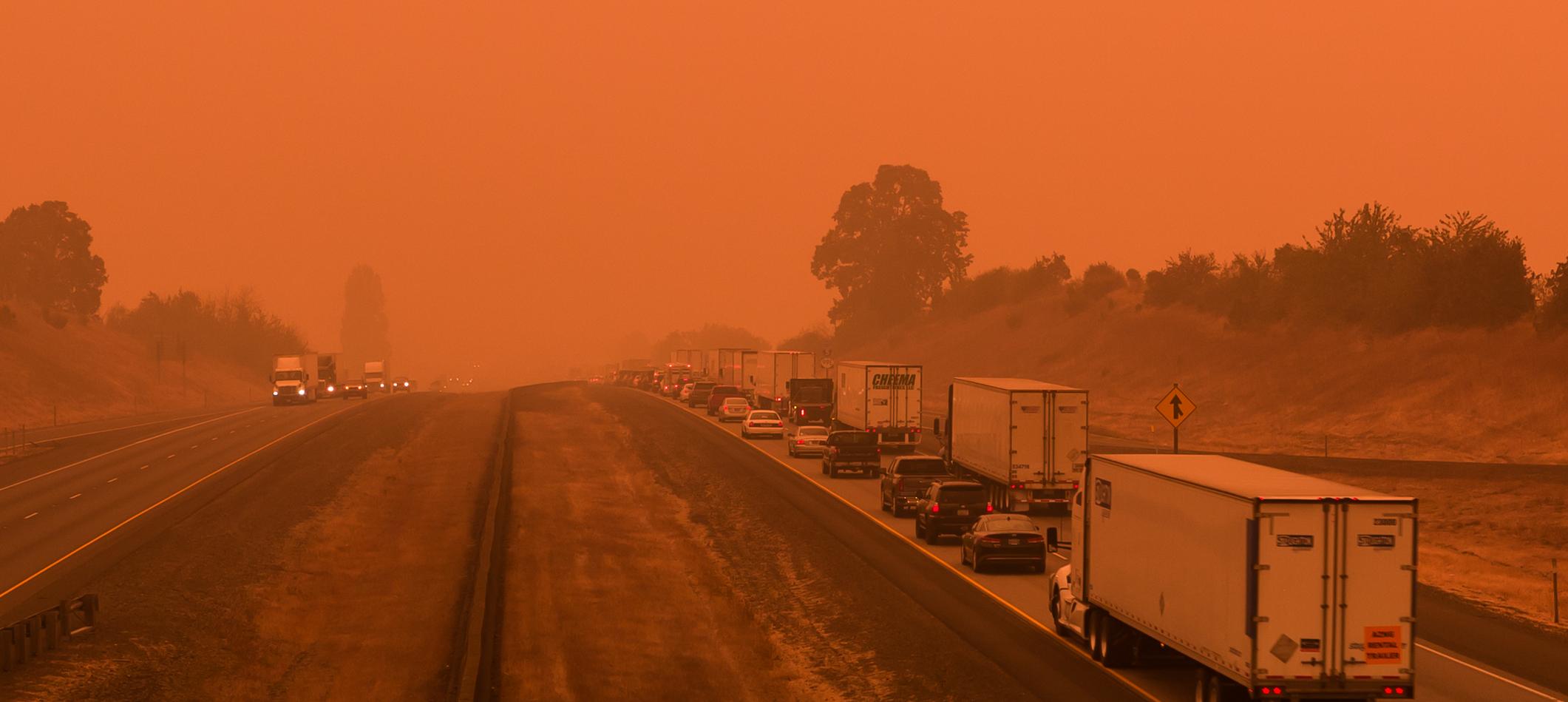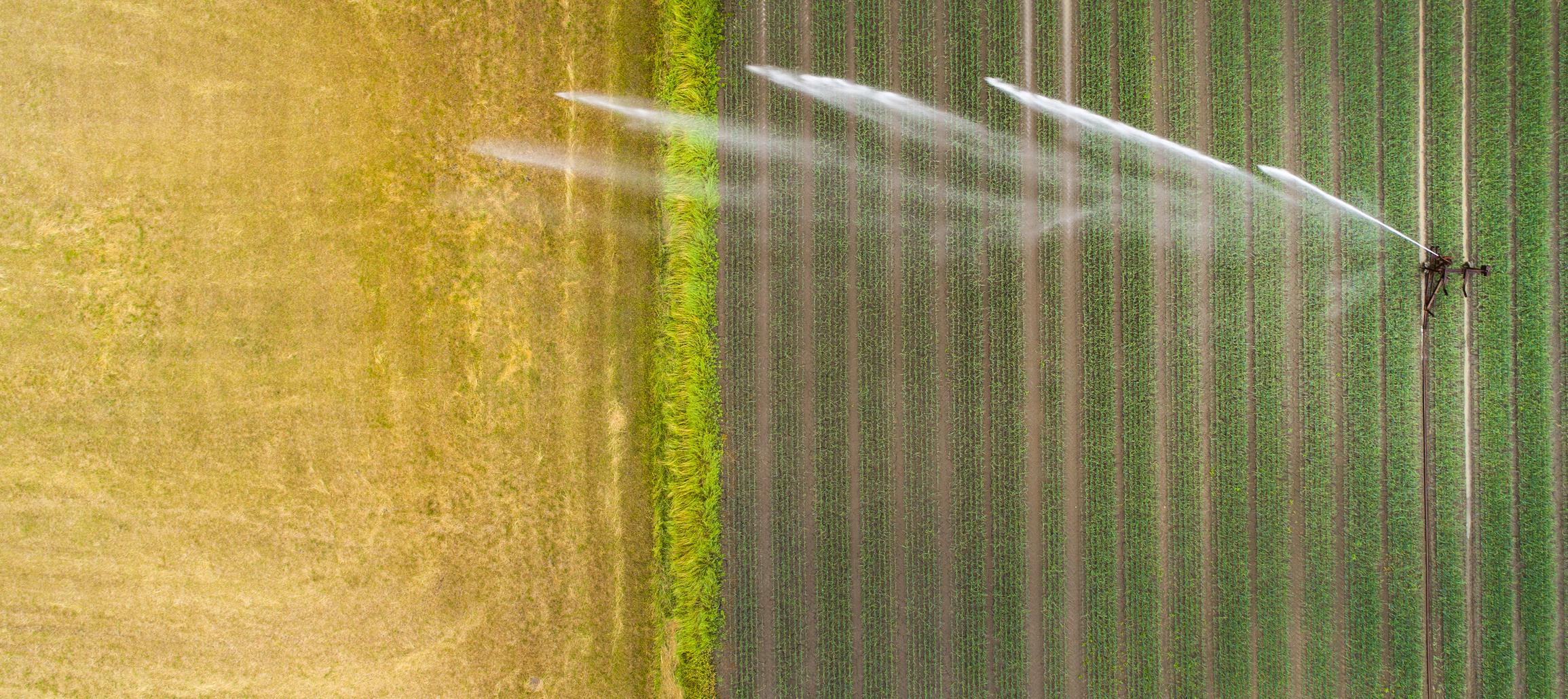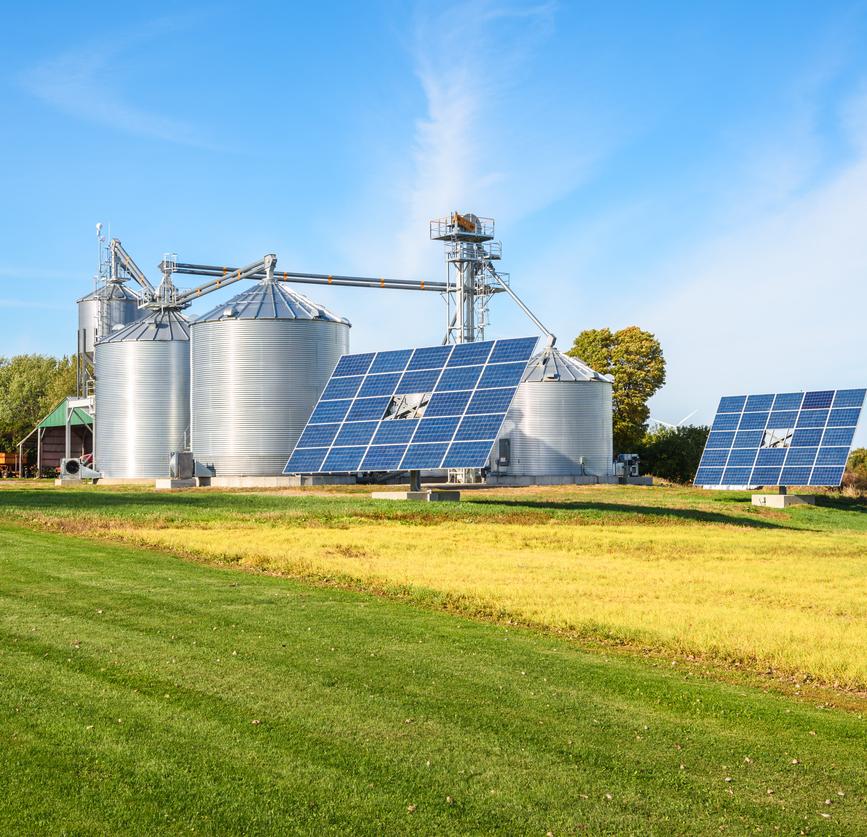-
https://climateinstitute.bmo.com/static/images/clock-icon.svg
5 Minute Read
-
Listen
-
Stop
-
Text Bigger | Smaller
As one of the world’s largest food exporters, Canada’s economy owes gratitude to its farmers. The combined agriculture, food and beverage sectors represented one out of nine jobs in Canada in 2023.1
Measures of progress
Farmers are stewards of the land. In Canada they have managed to cultivate, manage, and produce crops and livestock with relative efficiency. For example, the average farm size has doubled in the past half century.2 The share of Canada’s greenhouse gas (GHG) emissions from agriculture is lower than the global average,3 and over the past two decades, the sector’s annual field-to-farm gate emissions growth4 has mostly trailed the expansion rate of Canadian agriculture’s GDP.5
By some estimates, sustainable farming practices have already reduced GHG emissions by 11 megatonnes of carbon dioxide equivalent (Mt CO2e) in 2023, or about 15% of Canada’s 2021 total emissions.6
To reach net zero by 2050, more must be done, and much is already happening. In fact, there are three important areas in which the Canadian agriculture sector continues to make strong progress.
Renewable energy on the farm
Farmers in Canada have been increasing their use of renewable energy sources. Currently, approximately 12% of farms depend on some type of renewable energy, more than doubling since 2016, according to the most recent Census of Agriculture in 2021.7 Solar energy is a commonly used renewable source on farms, with 8% of farmers saying they use it, up from 4.5% in 2016.8 Deployed systems include solar panels, solar heating equipment, solar fencing, and solar water pumps that help to reduce water use, pollution, and reliance on fossil fuels. Lower long-term costs and government incentives have the potential to drive increased adoption.
Canada focuses on no-till farming
Efforts to improve soil health in Canada have also been growing recently. These efforts include using cover crops as well as no-till farming or conservation tillage, as it is sometimes called. In addition to improving the productiveness of soil, ‘no till’ also strengthens organic carbon retention.
Canada’s agriculture segment is one of the world’s leaders as far as no-tillage practices.9 Land prepared for seeding with no till increased by nearly 10 million acres over the decade preceding 2021, or the equivalent of 60% of arable land, according to the Census of Agriculture. By comparison, only around 30% of land in the U.S. is cultivated with no till, half as much as Canada.10
Precision agriculture can help optimize yields
Some farmers in Canada, particularly those on larger farms, have been exploring adoption of precision agriculture practices, which involve the use of sensors, drones, Global Positioning Systems (GPS) and other technologies, along with data collection and interpretation, to increase efficiency with crop and livestock yields.
Autosteer is an area of precision agriculture that has seen an uptick in Canada. As of the latest Census of Agriculture in 2021, autosteer was being used by more than 50,000 farms, mostly in Alberta and southern Ontario, up around 25% from 2016.11
A lead partner for Canadian agriculture
While important progress is being made toward adoption of sustainable agriculture practices, challenges remain. Managing costs and profitability, high interest rates, and steep learning curves regarding modern technologies and conservation practices are just a few.
BMO has been providing financial support to researchers at the University of Saskatchewan, who are addressing some of the knowledge gaps that exist regarding regenerative agriculture. More recently, BMO donated $1 million to the University of Calgary’s Simpson Centre for Food and Agricultural Policy, which aims to help change how society perceives and interacts with the food system.
BMO has also been committed to helping its clients in the agriculture segment find sustainable solutions, including in the three growth areas highlighted in this article. For example, BMO Capital Markets’ Energy Transition team is providing advisory services to our livestock clients on their renewable fuel projects. In addition, BMO provides many clients support with their controlled environment agriculture operations.
“Complexity is something that many of the businesses we work with must face on the road to net zero. What we aim to do is use all of BMO’s experience in the sector and the bank’s entire platform to reduce that complexity and enable their businesses to thrive,” said Leah Weatherill, Head of National Agriculture, BMO.
Conversations like these in Canada’s agriculture sector will be critical to reaching a net-zero world that is both prosperous and sustainable.
1. Canada, A. a. A. (2024, June 27). Overview of Canada’s agriculture and agri-food sector. agriculture.canada.ca.
2. (Canada, 2024).
3. Here we cite figures from the Intergovernmental Panel on Climate Change on the agriculture, forestry, and land use sector. Agriculture, Forestry and Other Land Uses (AFOLU). (2022). In Climate Change 2022: Mitigation of Climate Change (pp. 748–832). Cambridge University Press.
4. Canada, E. a. C. C. (2024, May 2). Greenhouse gas emissions. Canada.ca.
5. Government of Canada, Statistics Canada. (2024, June 28). Gross domestic product (GDP) at basic prices, by industry, annual average, industry detail.
6. Office of the Auditor General of Canada. (2024). Agriculture and Climate Change Mitigation—Agriculture and Agri-Food Canada. In Reports of the Commissioner of the Environment and Sustainable Development to the Parliament of Canada: Vol. Report 5 (p. iii) [Report].
7. Why more farmers are choosing renewable energy | Farm Credit Canada. (n.d.).
8. Government of Canada, Statistics Canada. (2023, May 17). Canada’s farms integrate renewable energy production and technologies toward a future of sustainable and efficient agriculture.
9. How Charles Noble Changed No-Till Forever. (2023, July 31). No-Till Farmer.
10. Ordillas, A. (n.d.). Climate action on the farm: Catalyzing a no-till revolution in the US and China. New Security Beat.
11. Poirier, A. (2022). Census of Agriculture 2021: Land Use and Sustainable Farming Practices (By Canadian Agri-Food Policy Institute). Canadian Agri-Food Policy Institute.
Featured Publications

Many corporate leaders in Canada and the U.S. have been creating climate mitigation plans to addres…

It might seem obvious to say that the energy transition will require a lot of innovation to happen.…

In the latest episode of Sustainability Leaders, I sit down to discuss growing water-related busine…





